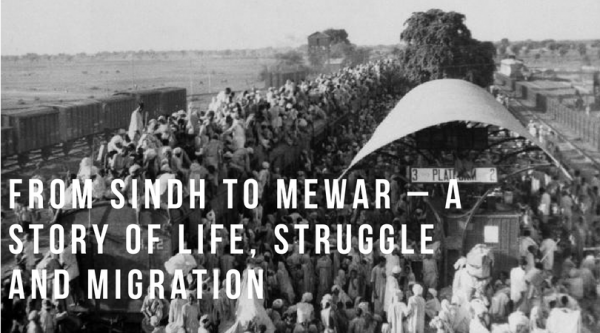Posted inPeople
From Sindh to Mewar – A Story of Life, Struggle and Migration
Independence Day has recently enveloped us into a feeling of patriotism in and out. Obviously, it makes us feel proud that we belong to a country called India or Hindustan…
